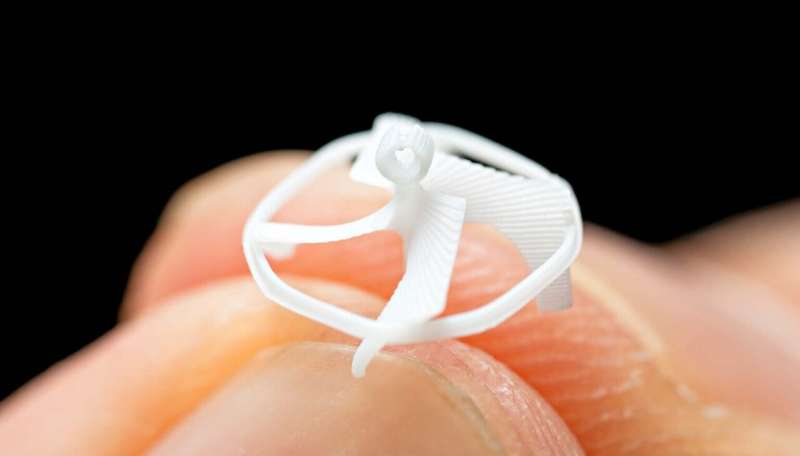A tiny flying robot, lighter than a grain of rice, redefines what’s possible in micro-robotics. Inspired by bees, this insect-sized device can hover, steer, and hit precise targets—opening doors to futuristic applications from pollination to surgery.

In a leap forward for micro-robotics, engineers at the University of California, Berkeley have developed the world’s smallest wireless flying robot—an insect-sized marvel that mimics the nimble maneuverability of a bee. Weighing just 21 milligrams and measuring under one centimeter in diameter, the robot can hover, steer mid-air, and even target specific objects, paving the way for future applications in pollination, surveillance, and medical procedures.
Inspired by the flight dynamics of bees, the miniature robot is powered and guided using external magnetic fields. Shaped like a tiny propeller, the device incorporates two embedded magnets. When subjected to a magnetic field, these magnets interact to spin the propeller and generate lift. By adjusting the strength of the field, researchers can direct the robot’s movement with precision.
The breakthrough addresses a key challenge in micro-robotics: integrating power sources and control systems into extremely lightweight designs. Unlike other drones that rely on onboard batteries and sensors, this flying robot operates passively, without real-time positional awareness. While that limits its ability to respond to environmental changes like wind, future iterations may include active controls to enable adaptive flight.
The next smallest robot with similar capabilities measures nearly three times larger, at 2.8 cm in diameter. By further miniaturizing the design to below 1 mm, researchers hope to enable control via weaker magnetic fields or even radio waves. This innovation joins other insect-inspired robots from Lin’s lab, including a cockroach-like crawler that can withstand being stepped on, and upcoming swarming bots designed to collaborate like ants. These swarms could one day assist in minimally invasive surgeries, forming structures like stents or removing clots. The age of microrobots is buzzing to life—and it’s smaller, smarter, and more collaborative than ever.
“Bees have impressive aerial agility, and we wanted to replicate that at the smallest possible scale,” said Liwei Lin, Distinguished Professor of Mechanical Engineering at UC Berkeley and senior author of the study published in Science Advances. “This robot mimics a bee collecting nectar—flying in, completing a task, and flying out.”







